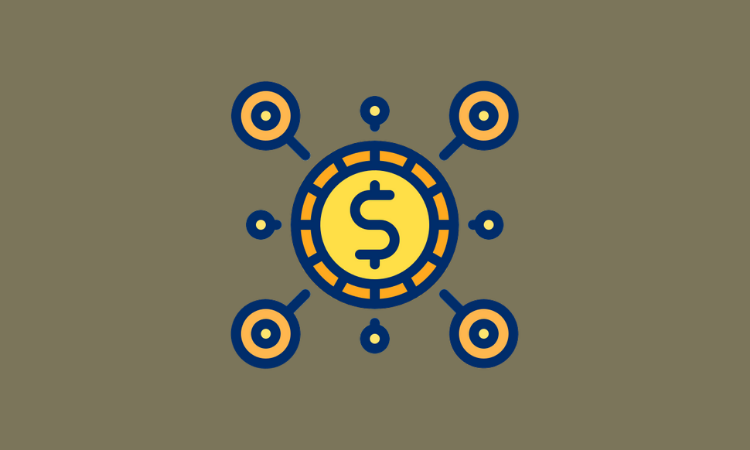Member Exclusive, Payments, Podcasts
WePay’s Jennifer Parker: ‘We’re seeing inspiring early pivots with software firms and marketplaces’
- WePay provides payment APIs to ISVs and marketplaces.
- CRO Jennifer Parker joins us on the podcast to discuss initiatives she's leading during the crisis.








